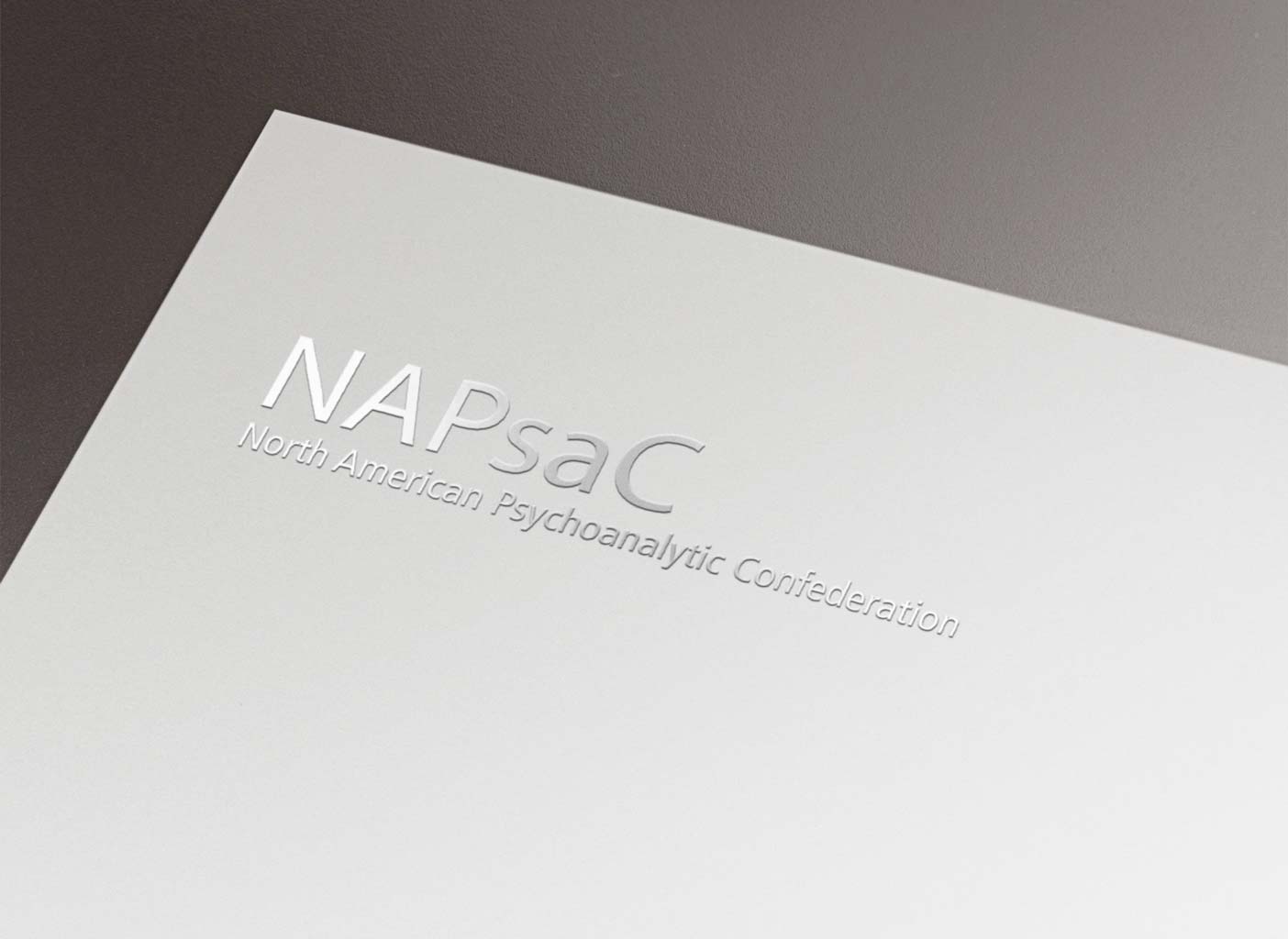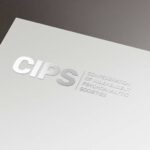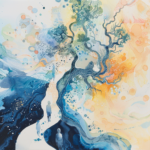CIPS NewsBriefs - Spring 2022
Letter from The President of NAPsaC
As the President of NAPsaC, I want to update the CIPS’ membership on the work that has been accomplished in the nine months since I took office (Editor’s note: i.e, through 2021). To remind CIPS, NAPsaC is an organization of three Organizations (APsaA, CPS and the Independents) under the leadership of the Executive Committee (Secretary – Carolyn Steinberg, Treasurer – Sandy Borden, President-Elect – Leigh Tobias and the President – myself). There are 19 members of the Board (principal directors and alternates from the Societies of the three Organizations and Japan, also including those from study groups in Vermont, Korea, and Taiwan). The names and contact information of the Board Member for 2021 can be found on the NAPsaC Website. Contact with Asian Board members has been encouraged. For the first time, our Japanese colleague has been in contact and plans to work more closely with NAPsaC. Our Korean colleague attends regularly and reports that their study group will soon be a Society of the IPA. As yet, there has been no contact by our Taiwan member because of time zones. The Asian groups will be encouraged to tell about their Societies and keep us up-to-date on their programs.
What are our accomplishments in these first nine months? In March 2021, in conjunction with the IPA, we hosted a “Meet the Candidates” – that is, all those running to be a NAM representative to the IPA. Once the six candidates were elected, having met them previously made it easier for us to congratulate them and plan a future meeting (NAPsaC and NAM representatives), once they become more familiar with their IPA work.
The NAPsaC program committee has been very productive. NAPsaC’s Clinical Experience presentation at APsaA’s 2021winter meeting was well received and we are planning another presentation for the next APsaA meeting in 2022. A NAPsaC panel “Annihilation: Collective Infantile Anxieties Resurfacing From the COVID-19 Pandemic” was presented and extremely received at the IPA Vancouver Congress this past summer.
On October 23, 2021, “Body to Body: The Impact of External Reality on the Analytic Couple” NAPsaC offered its first Roundtable for a minimal voluntary donation of $25.00. All three Federations were represented (NAPsaC, FEPAL, EPF as well as APsaA), that is, the presenters were from Europe, South America, Canada and the U.S. Although we have talked often about the advisability of going back to the office, the presenters focused sensitively on the value and meaning of having two bodies in the room. We will be planning more such events as the attendees seemed quite involved and for those who could not attend a tape was made available. This event, the representative presenters, as well as Harriett Wolf’s presence, supported NAPsaC’s goal of forging stronger relationships with the other two Federations and with the IPA.
In September a Regional President’s Meeting and the IPA (arranged by APsaA and chaired by NAPsaC’s President MKO) discussed issues such as: The attendance at the online IPA Congress was much larger than other Congresses and the majority of attendees were satisfied with their online reception; The Cartagena Congress in July 2023 is being planned to be both in person and online; the President of the IPA raised three issues which are being studied and carried forward: 1. Governance; 2. Remote analysis and training; 3. Prejudice and racism. The relationship between the IPA Committee and the Holmes Commission was queried as both groups focus on prejudice and racism. Each of the three regions gave a report. FEPAL has serious financial problems as 25% of membership are unable to pay and 15% pay partially. Their Sept. 2022 meeting will be held virtually. EPF reported that since vaccination, a number of analysts are practicing in their offices but training remains on line. I will be attending their Annual or Biannual Congresses of the EPF and FEPAL as they take place. The EPF Congress for 2022 will be held in Vienna, in July.
The work of the Holmes Commission on racism is supported by NAPsaC. APsaA formed and funded the Commission. The CPS and the NAPsaC’s Independent members each independently decide on the nature their participation.
NAPsaC is also exploring ways to increase its income so that other affordable NAPsaC Programs can be developed and offered to analysts and other interested professionals without undue increase in our dues. Last but not least, we are promoting familiarity and unity among NAPsaC Members by asking NAPsaC directors to prepare a short presentation on their organizations with the purpose of all Board members becoming familiar with NAPsaC’s component Societies and pass on what is learned to their Society members.







